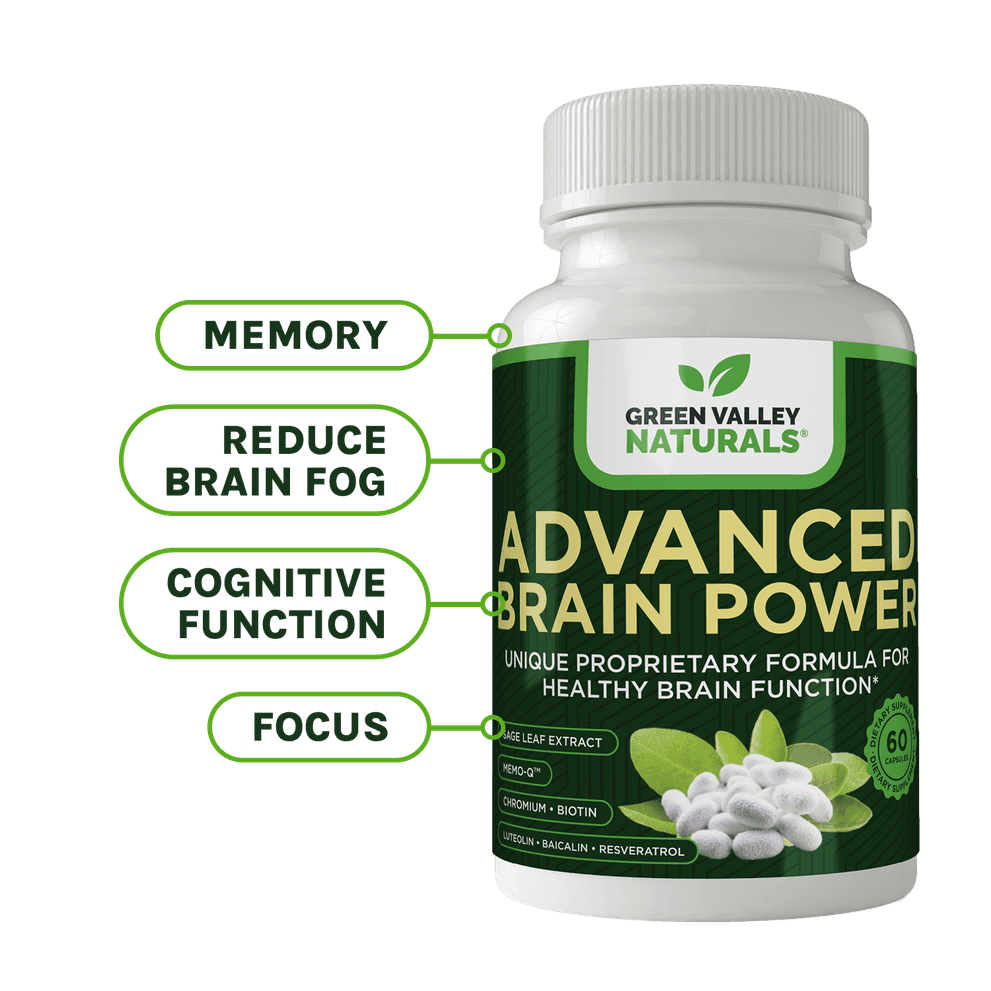
Imagine a seemingly healthy person in their late 50s—no dementia diagnosis in sight—just a handful of prescriptions to “stay ahead” of future problems. Fast-forward a few years, and their memory begins to falter, their focus slips, and soon a life-altering diagnosis arrives. What if the warning signs were hiding not in their behavior, but in the medicine cabinet? New research suggests that the silent build-up of prescriptions over time—particularly certain types—might be sending subtle but crucial clues long before dementia takes hold.
Key Takeaways
-
Polypharmacy is a silent epidemic: Nearly 25% of people over 40 take five or more medications, a pattern linked to increased hospitalizations, drug interactions, and even dementia risk.
-
Certain medications raise red flags: Anticholinergic drugs, commonly used for various conditions, have been strongly associated with cognitive decline and increased dementia risk.
-
Patterns may predict problems: A study using machine learning showed that polypharmacy patterns become more focused and similar in the years leading up to dementia diagnosis—possibly offering a future tool for early detection or prevention.
Doctors Are Alarmed by This Growing Prescription Trend
Almost a quarter of people over the age of 40 take five or more prescription medications. Taking this many medications can lead to drug interactions, adverse side effects, more frequent office visits, and even hospitalizations.
What’s most alarming, studies suggest this prescribing cascade increases the risk of dementia. Could the pattern of taking multiple prescription drugs in the years before a dementia diagnosis give clues about what lies ahead?
The World Health Organization regards polypharmacy as a major challenge to address. They’ve made it a goal to cut in half the incidences of severe, avoidable, medication-related physical harm in the years ahead. Boy, do they have their work cut out for them.
Drugs for treatment and prevention
These days many of the drugs taken by people in middle age and beyond aren’t for the treatment of illnesses but for the prevention of a range of conditions. I’m talking about drugs like statins or blood thinners and blood pressure medications to prevent heart disease. This increases the risk of physical harm even further.
Patients requiring hospital treatment who take multiple medications have a higher likelihood of re-admission within three months after discharge and have more than double the risk of death. One type of drug is of particular concern when it comes to the risk of dementia.
Anticholinergic dangers
Anticholinergic medications are used to manage and treat respiratory disorders, cardiovascular disease, bladder conditions, gastrointestinal problems, and other diseases. They are therefore in widespread use. They include everything from Glycopyrrolate (Robinul) to Benadryl.
A review of 18 studies containing 124,286 participants published in 2015 found that drugs with anticholinergic effects increase the risks of cognitive impairment, falls, and all-cause mortality in older adults.
A major study published four years later involving over 300,000 seniors strongly linked some types of anticholinergics to future dementia. And yet this is just one class of drug among many that are commonly prescribed in adults, especially older adults.
To understand how medication use evolved in dementia patients, a research group led by the University of Plymouth in England decided to investigate the pattern of prescribing during the years before diagnosis.
Polypharmacy is common before diagnosis
The team used machine learning techniques to identify clusters of polypharmacy – meaning the simultaneous use of three or more prescription drugs - in 33,451 patients subsequently diagnosed with dementia. They went back 20 years before the participants’ diagnoses and divided this time frame into four periods of five years. The results were published in the journal Aging and Disease last October.
Their analysis showed that leading up to the dementia diagnosis, the proportion of patients taking three or more medications rose from 5.5 percent from sixteen to twenty years out to 82.16 percent less than five years from diagnosis.
The team also identified patterns of medication use becoming increasingly similar as patients approached the date of diagnosis. That’s when the medications shifted from being prescribed for a variety of unrelated conditions to being targeted at very specific medical conditions.
For instance, in the closest four-year period to dementia diagnosis, there were three clusters of polypharmacy, of which two were sizable. Two-thirds of patients were taking medicines for respiratory and urinary infections, arthritic and rheumatic conditions, and cardiovascular disease. Another quarter took medicines for infections, arthritic and rheumatic conditions, cardio-metabolic disease, and depression.
Can make symptoms of illness worse
Perhaps most disturbing, among all three polypharmacy clusters, the researchers identified medications known to interact with each other or worsen symptoms of other chronic conditions.
Since the study only included dementia patients, there’s no way of knowing if the prescribing pattern is predictive for dementia.
However, the researchers hope that identifying patterns before diagnosis, will, they write, “provide insights into the impacts of polypharmacy on development of dementia, or opportunities for early intervention in prescribing, and support the identification of medications at risk of drug-drug interactions.”
Summary
A growing number of middle-aged and older adults take multiple prescriptions—often five or more—for both treatment and prevention. This trend, known as polypharmacy, has been linked to serious risks, including increased hospital visits and even dementia. Research has shown a distinct rise in medication use leading up to a dementia diagnosis, especially drugs known to interact poorly or worsen symptoms. One class in particular—anticholinergic medications—stands out for its strong link to cognitive decline. While the study doesn't prove causation, it offers a new lens to potentially identify dementia risk through prescribing patterns.
Frequently Asked Questions
What is polypharmacy?
Polypharmacy refers to the use of multiple prescription medications—commonly defined as taking five or more—often seen in older adults.
How can polypharmacy increase dementia risk?
Certain medications, particularly anticholinergic drugs, are known to impair cognitive function and may contribute to or accelerate dementia symptoms over time.
Are all medications equally risky when it comes to cognitive decline?
No, anticholinergic medications have shown the strongest links to increased dementia risk, but overall drug interactions and combinations also play a critical role.
Can reducing medications help lower dementia risk?
Deprescribing—carefully reducing unnecessary medications—may help, but it should always be done under the guidance of a healthcare provider.
What should I do if I'm concerned about the number of medications I take?
Talk to your doctor or pharmacist about your current prescriptions. A comprehensive medication review can help identify unnecessary or potentially harmful drugs.

